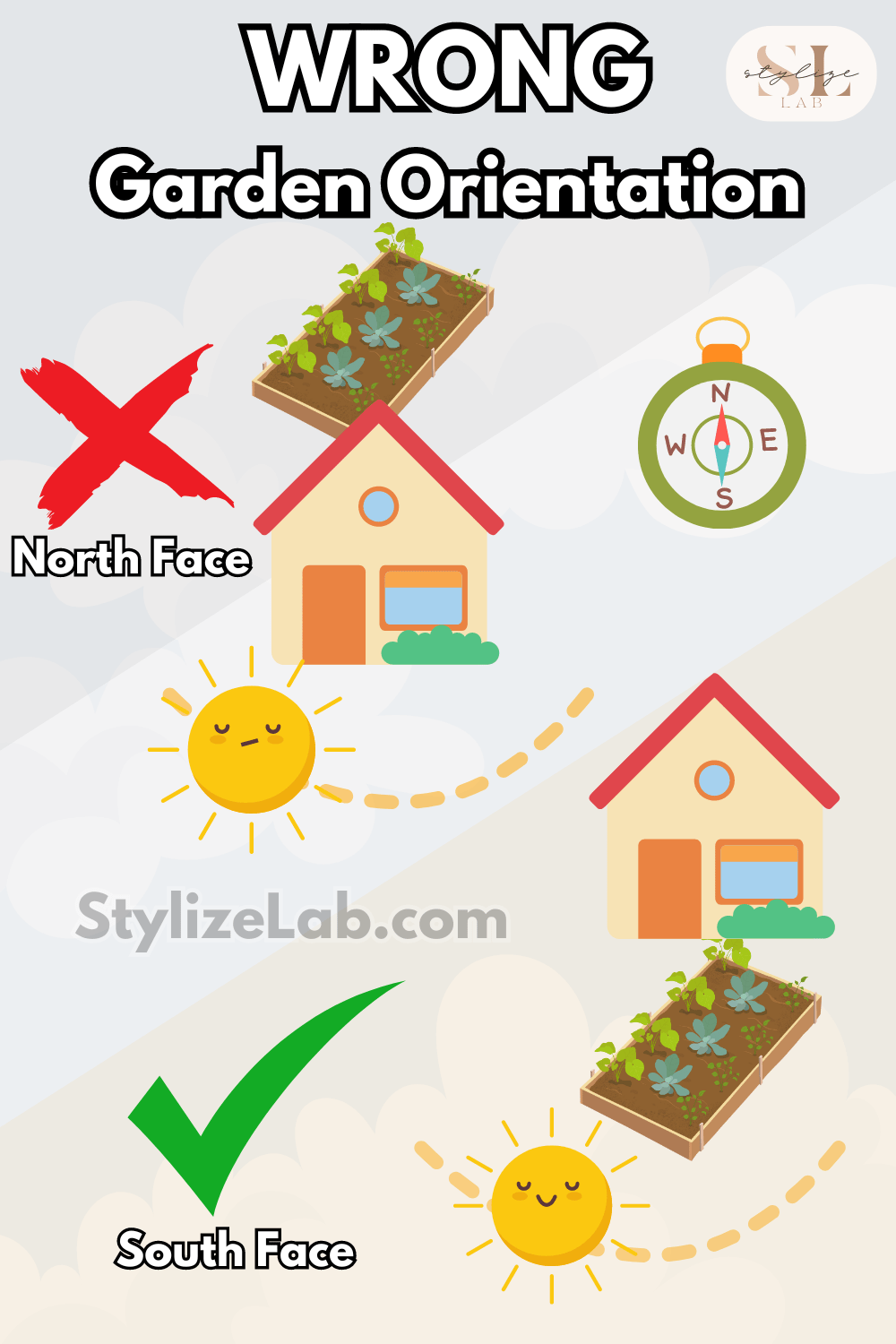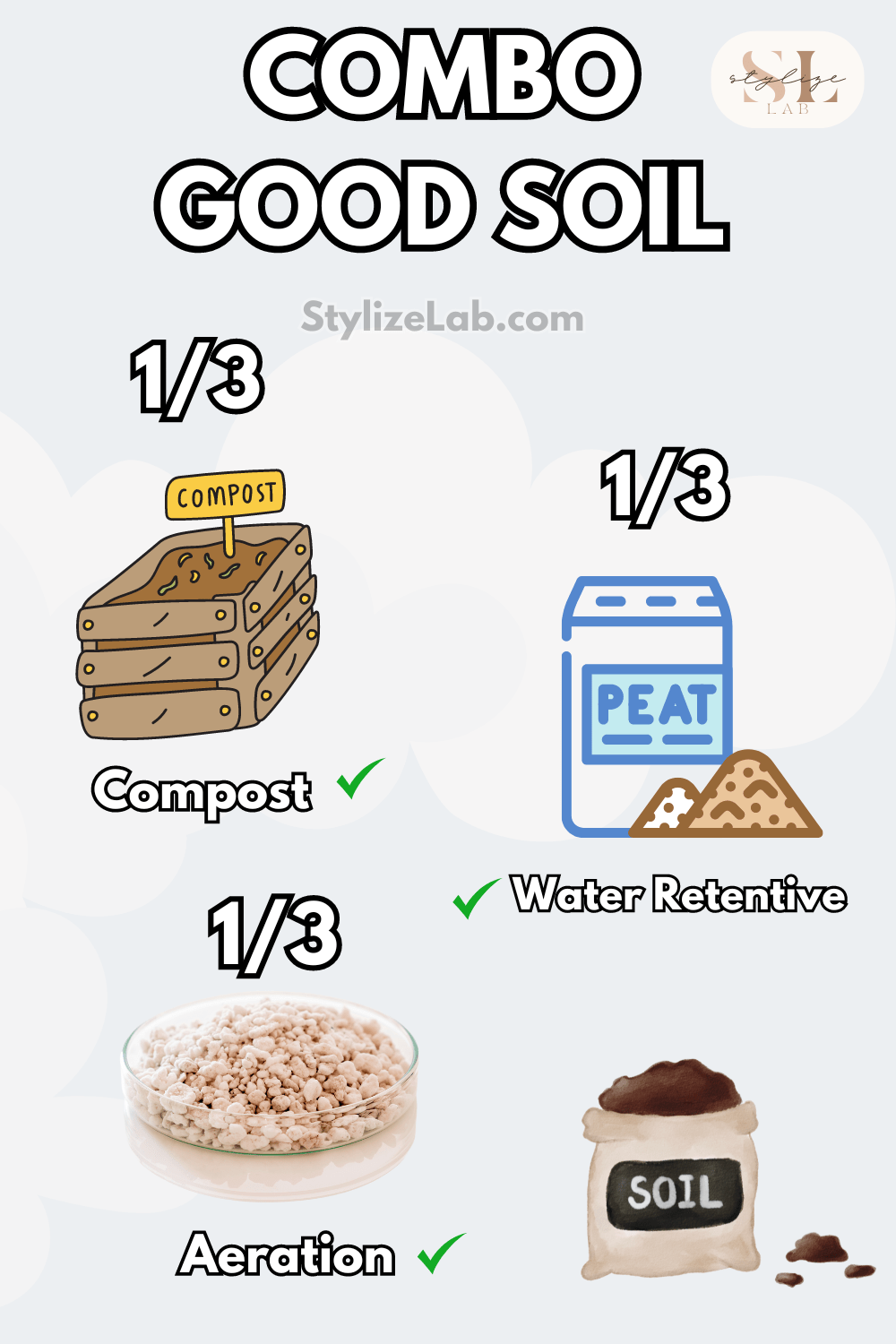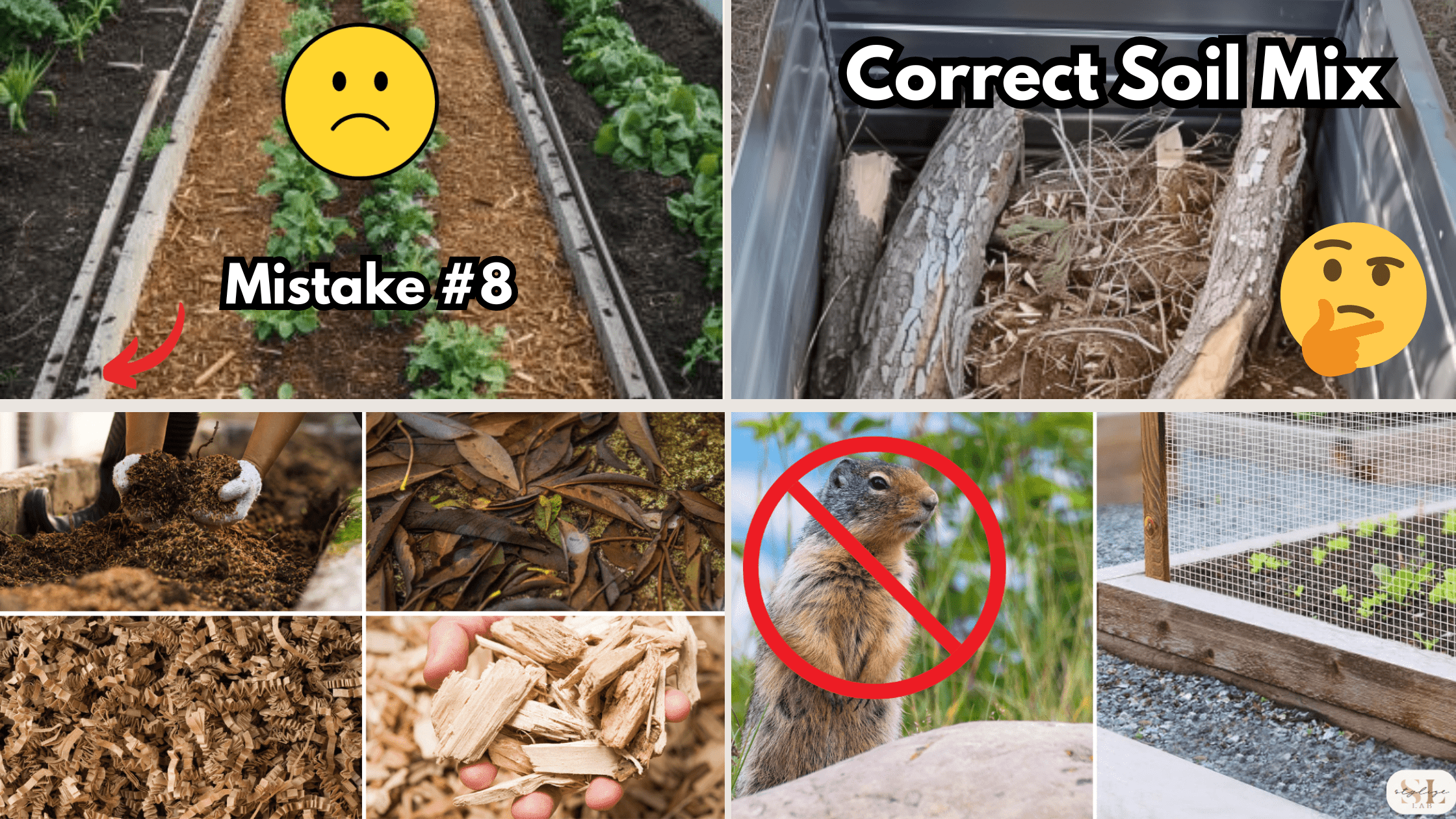If you live in an urban area and don’t have space, raised bed gardening is one the most widely used techniques to grow your plants.
But like gardening in general, raised bed gardening can be fraught with difficult, especially for beginners.
I write about what I learned so you don’t make mistakes and grow bigger, perfect harvests in your raised beds.
The Importance of Orientation
Mistake 1: Wrong Garden Orientation
One of the most vital of all your raised-bed orientations is to have your garden face south; this is the direction to maximise sun exposure (if you are in the Northern Hemisphere.)
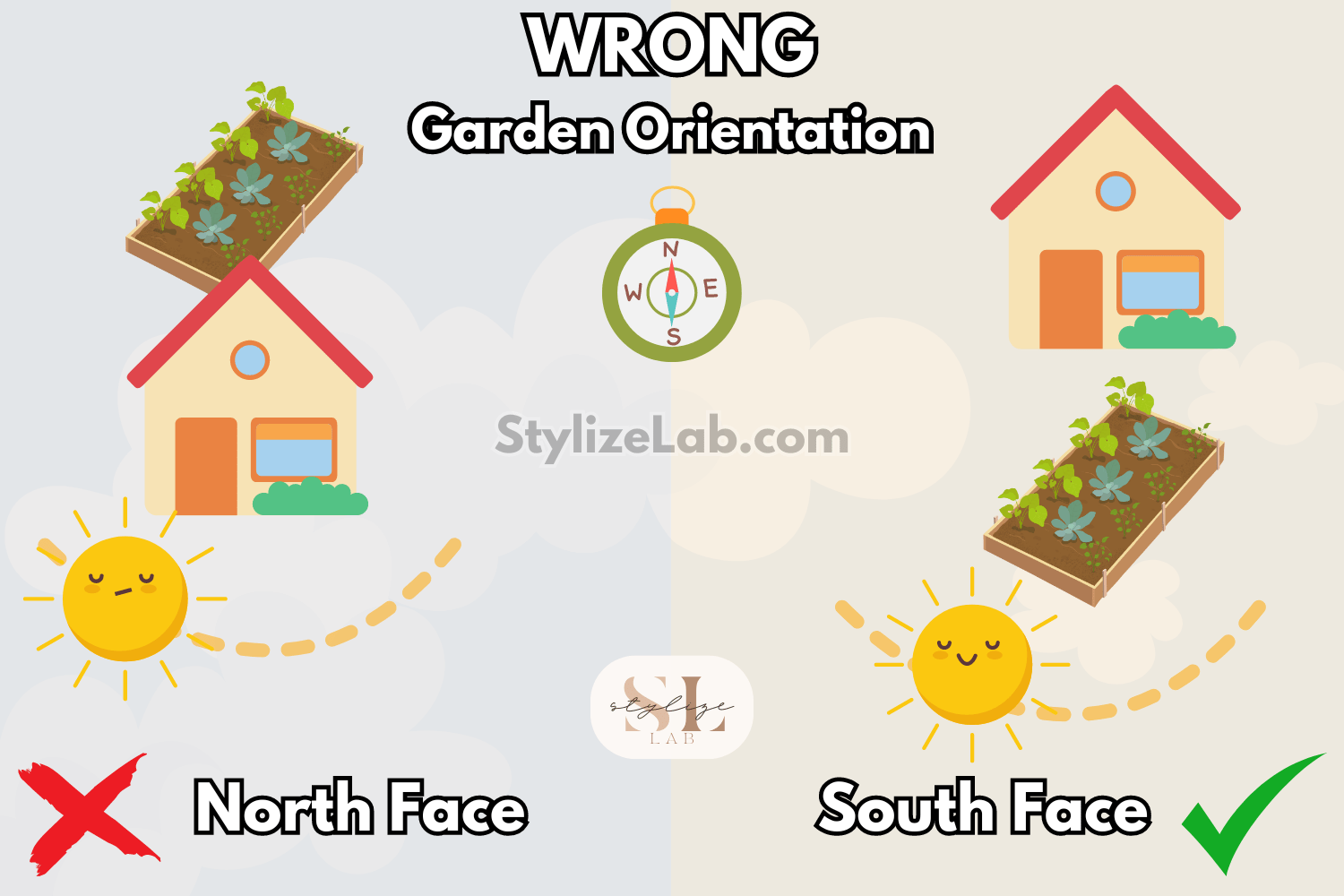
With one or two exceptions, almost all vegetables need at least 6 to 8 hours of full, direct sun. Sling your garden in the wrong spot – the north side of your home, behind a tall wall – and you’ve got yourself a shade garden 😔
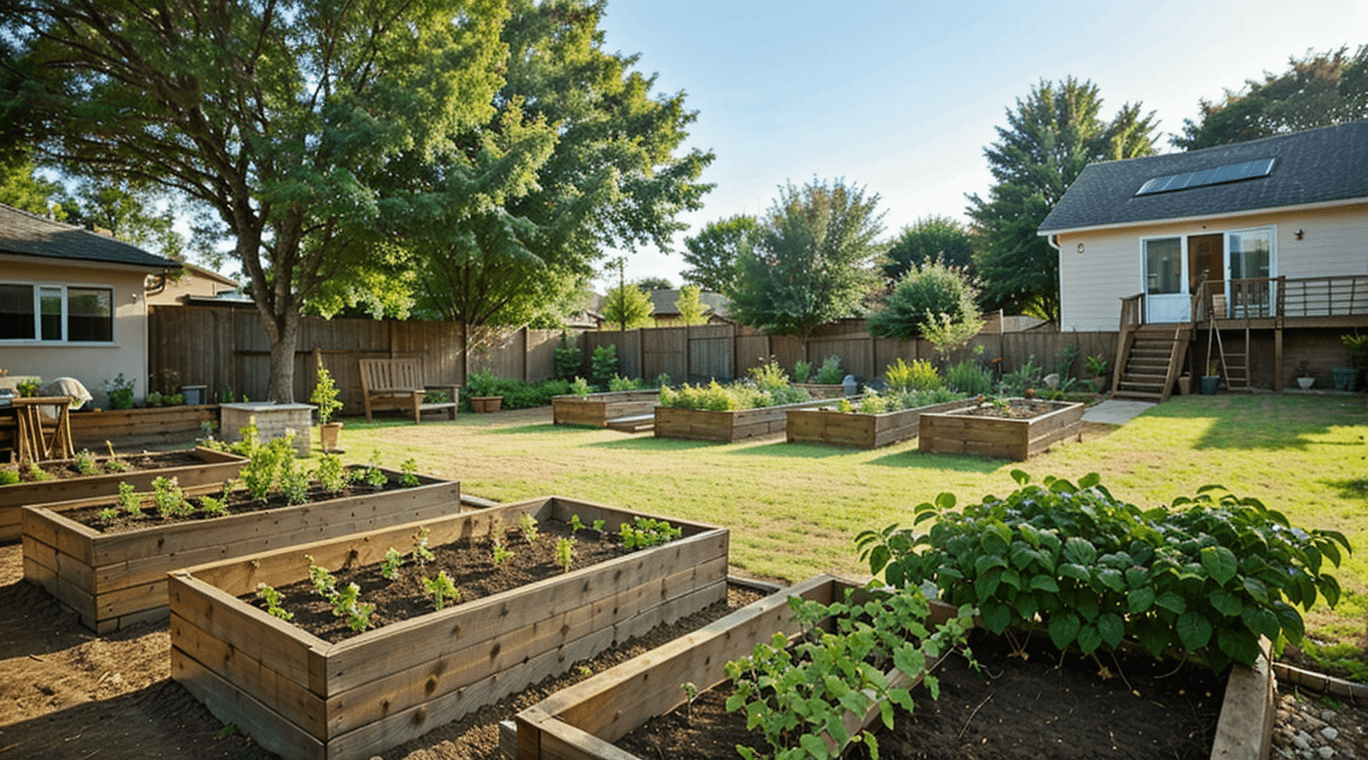
SunCalc
To counteract this, try and monitor your sun space, watch which trees will provide shade and consider that before you make your purchase.
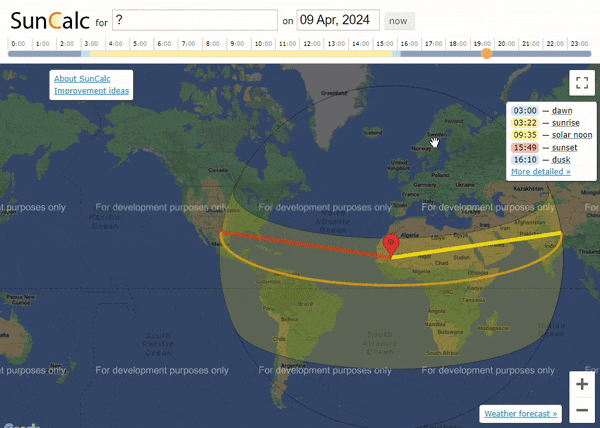
A good way to find out is to visit suncalc.net, an online tool that shows you what will happen to the sun over your site throughout the year.
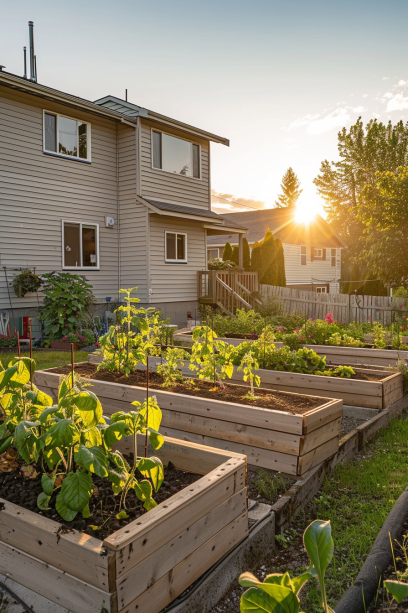
Bed Depth
Mistake 2: Making your bed too shallow.
Beds for different needs:
- If bending is difficult, consider beds that are 2 to 3 feet tall (or more).
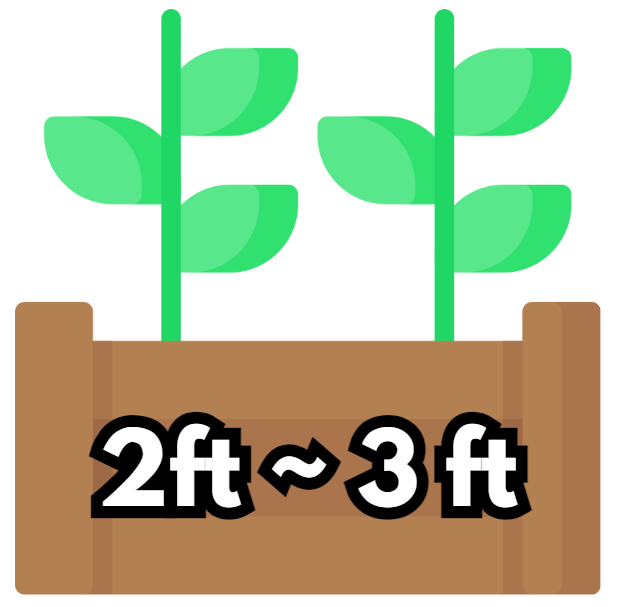
- With good underlying soil, a 6-inch bed can suffice.
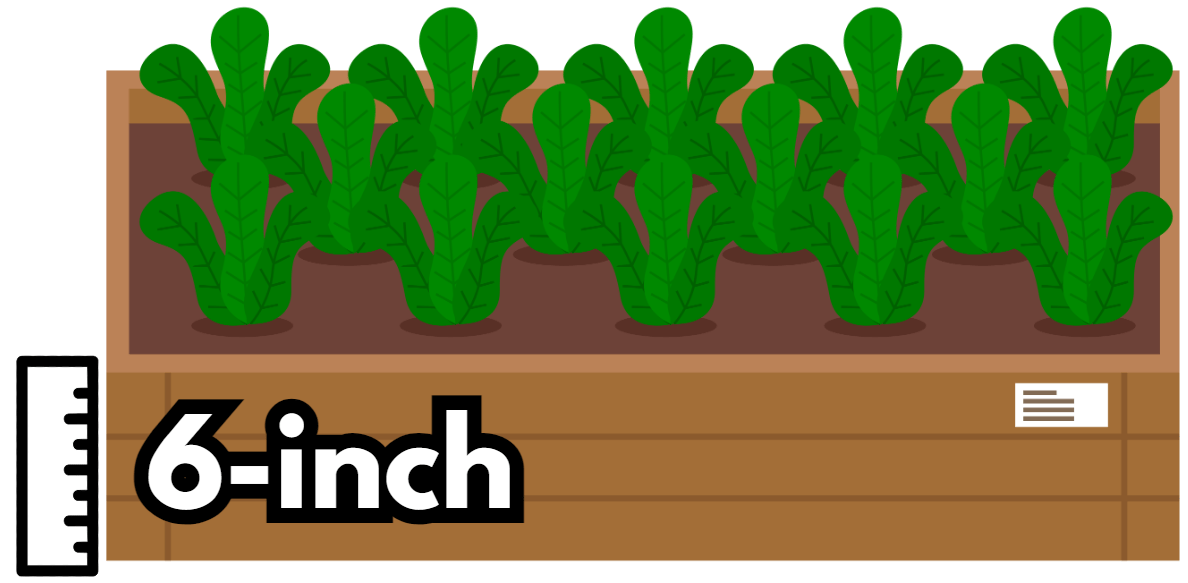
- On concrete or other hard surfaces, aim for a 12 to 14-inch bed. (optimal choice)
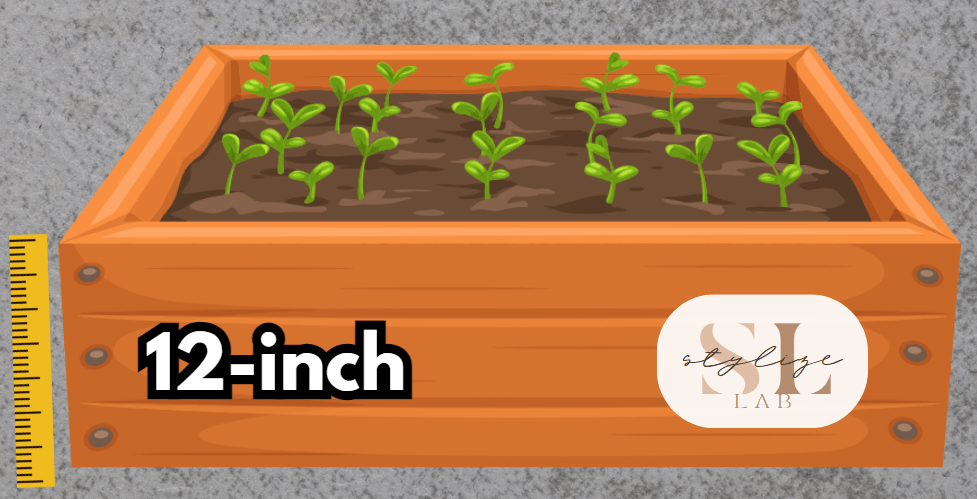
Vegetable root needs:
- Most veggies require about 12 inches of soil for root development.
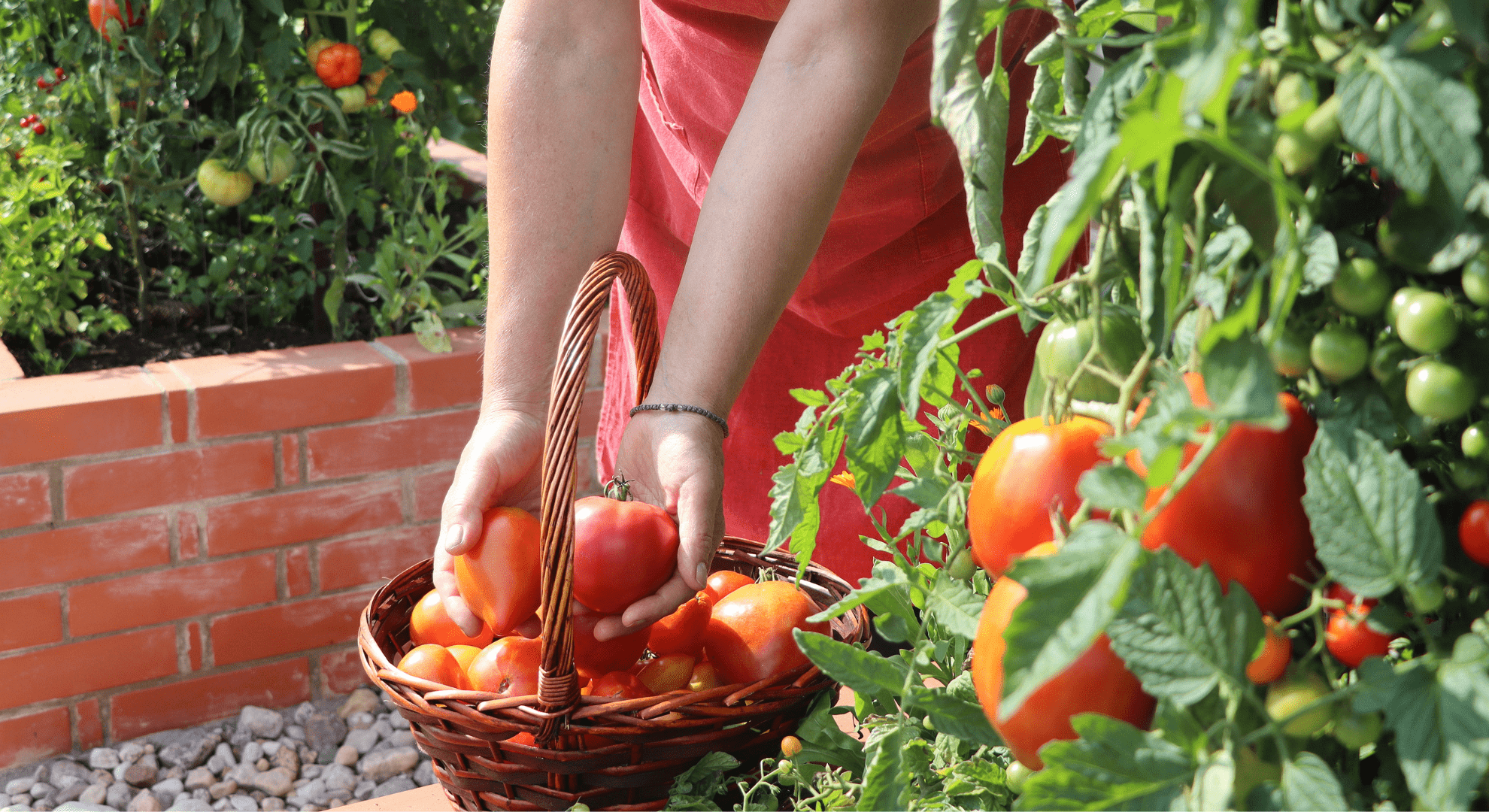
Watch for special needs like long carrots or parsnips which need deeper beds.
Gopher problems:
Use hardware cloth under beds to prevent gopher intrusions.
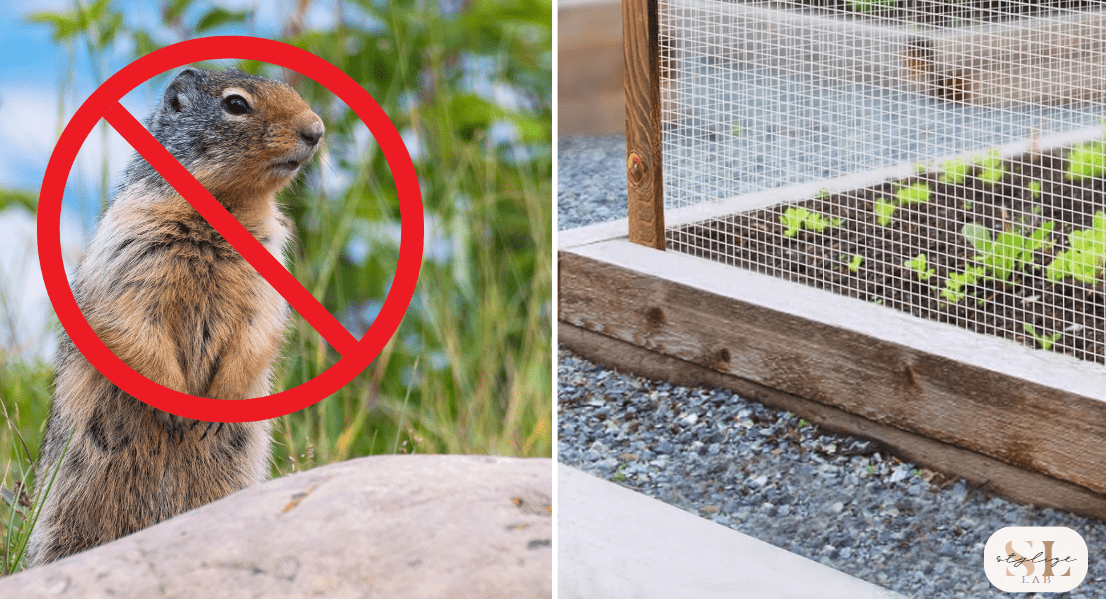
Planning for Irrigation
Mistake 3: Ignoring Irrigation
Probably a more common mistake is failing to plan an adequate irrigation system.
Exist more than one technique for watering a garden. You can water it by hand, drip irrigation, soaker hoses, sub-irrigation beds or a combination of all.
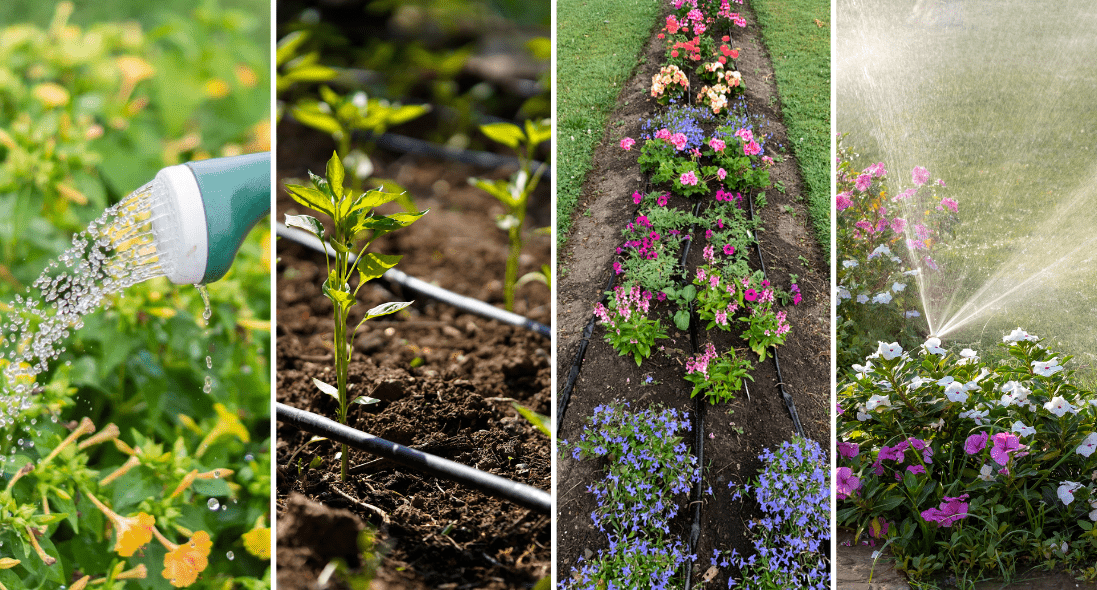
Decide on your choice before you set up your beds.
If you choose to hand-water, do it right and make sure that there’s time available on a regular basis to care for your trees properly; retrofitting an irrigation system is no fun and can be a tedious task.
Setting Up Drip Irrigation
I’d recommend a drip irrigation system. It’s a tad extravagant, but it saves labour and ensures even watering.
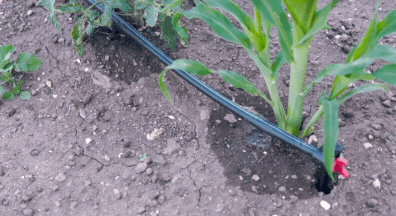
Proper planning can save you the hassle of redoing your irrigation layout.
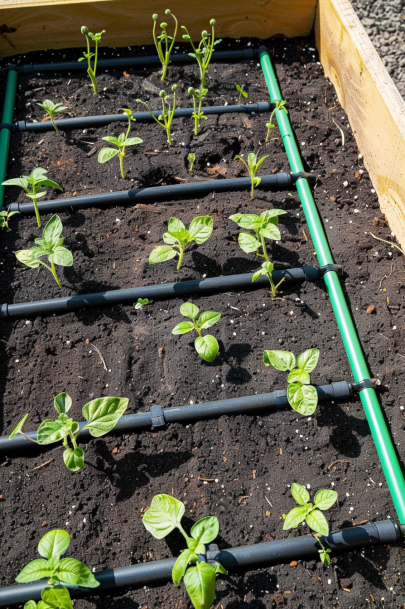
Soil Quality Matters
Mistake 4: Using Poor Quality Soil
Quality soil is fundamental to the performance of your raised beds. Steer clear of low-priced soil mixes with high clay content and poor nutrient levels.
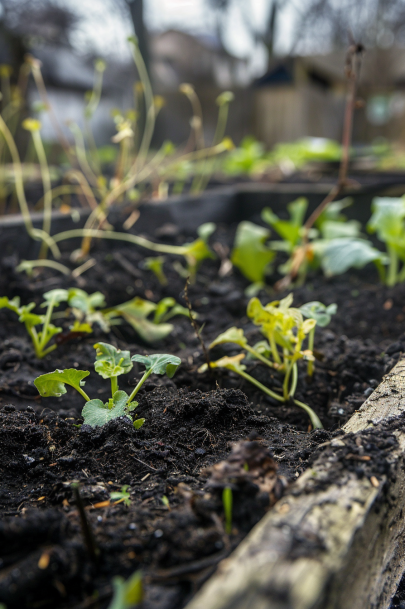
A good potting mix will contain compost for nutrients; an airifying component such as perlite or pumice; and something with a high moisture-retention capacity, such as peat moss or coconut coir.
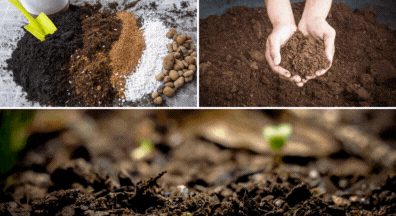
So if you’re feeding the soil, you’re indirectly feeding the plants too. Good soil begets good produce.
How to Create Good Soil
The main premise with good soil is to create a blend of sorts. You’ll want your mix to be about 1/3 compost, 1/3 aeration material (perlite and pumice are two common choices), and 1/3 water retentive material (such as peat moss or coconut coir).
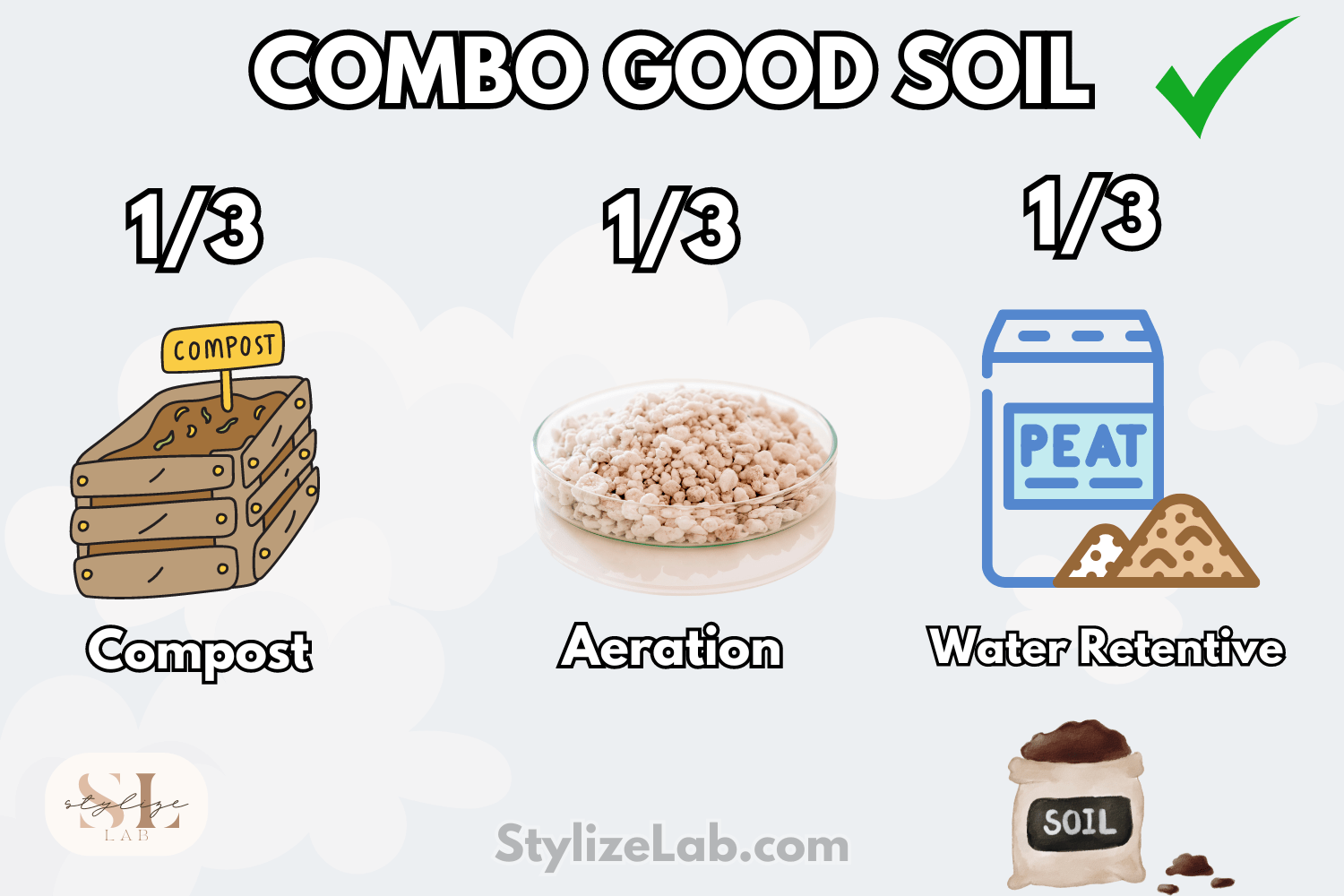
You can also fill your beds with native soil mixed with compost and other organic matter.
Correct Soil Mix
Mistake 5: Using the wrong growing medium
Ideal fill:
- Use potting soil or raised bed mix for the best drainage and soil health.
- Surface soil (top 12 inches) should be nutrient-rich and fluffy.
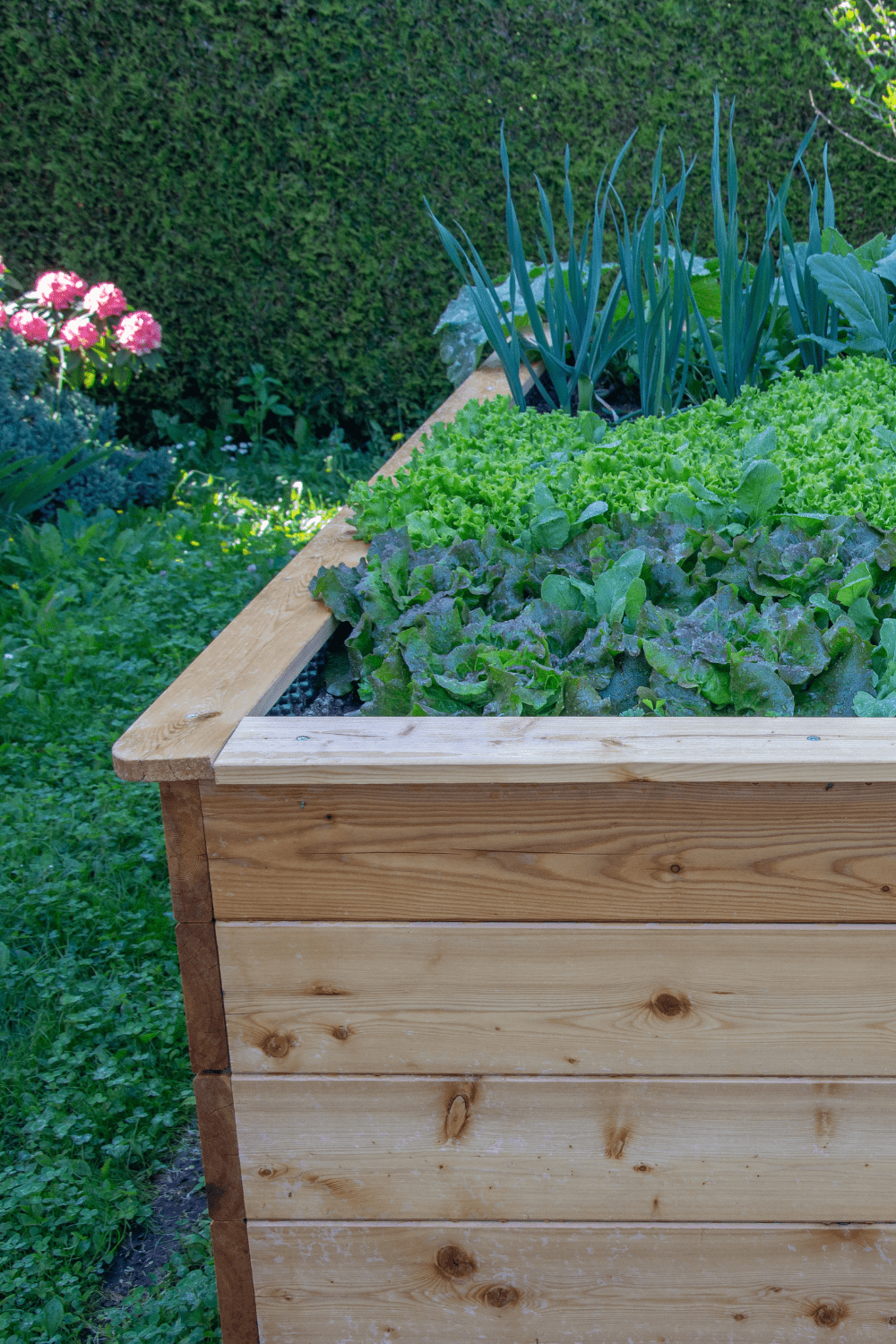
Cost-effective tips:
- Source bulk compost or mushroom compost from local farms.
- Cover with 1° with large limbs, then smaller limbs, then leaves, then top it all off with good potting soil. This will help to keep your costs down, especially in deeper beds.
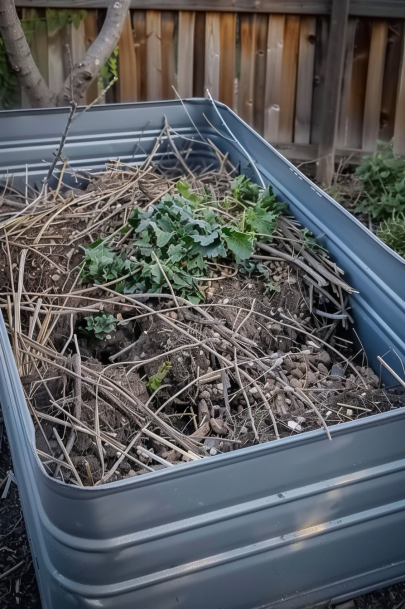
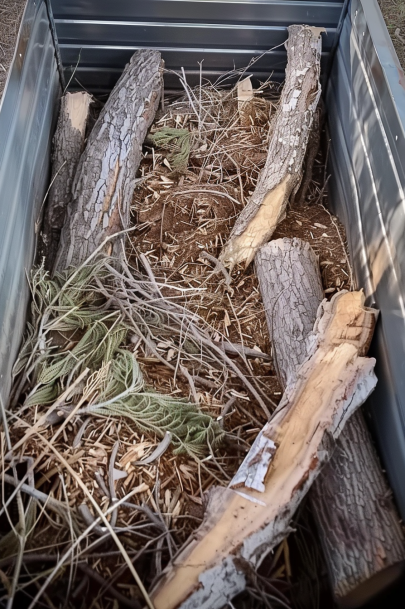
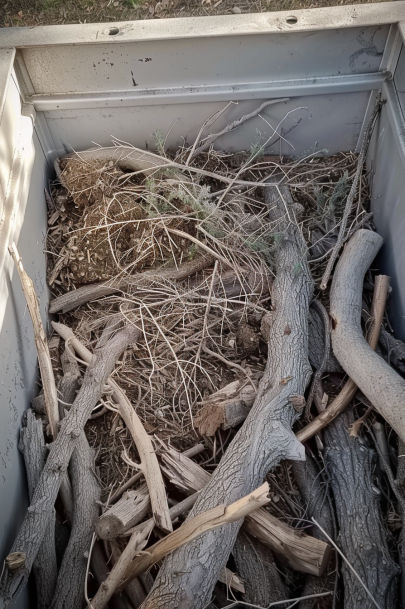
Avoid: Grass clippings due to odor issues.
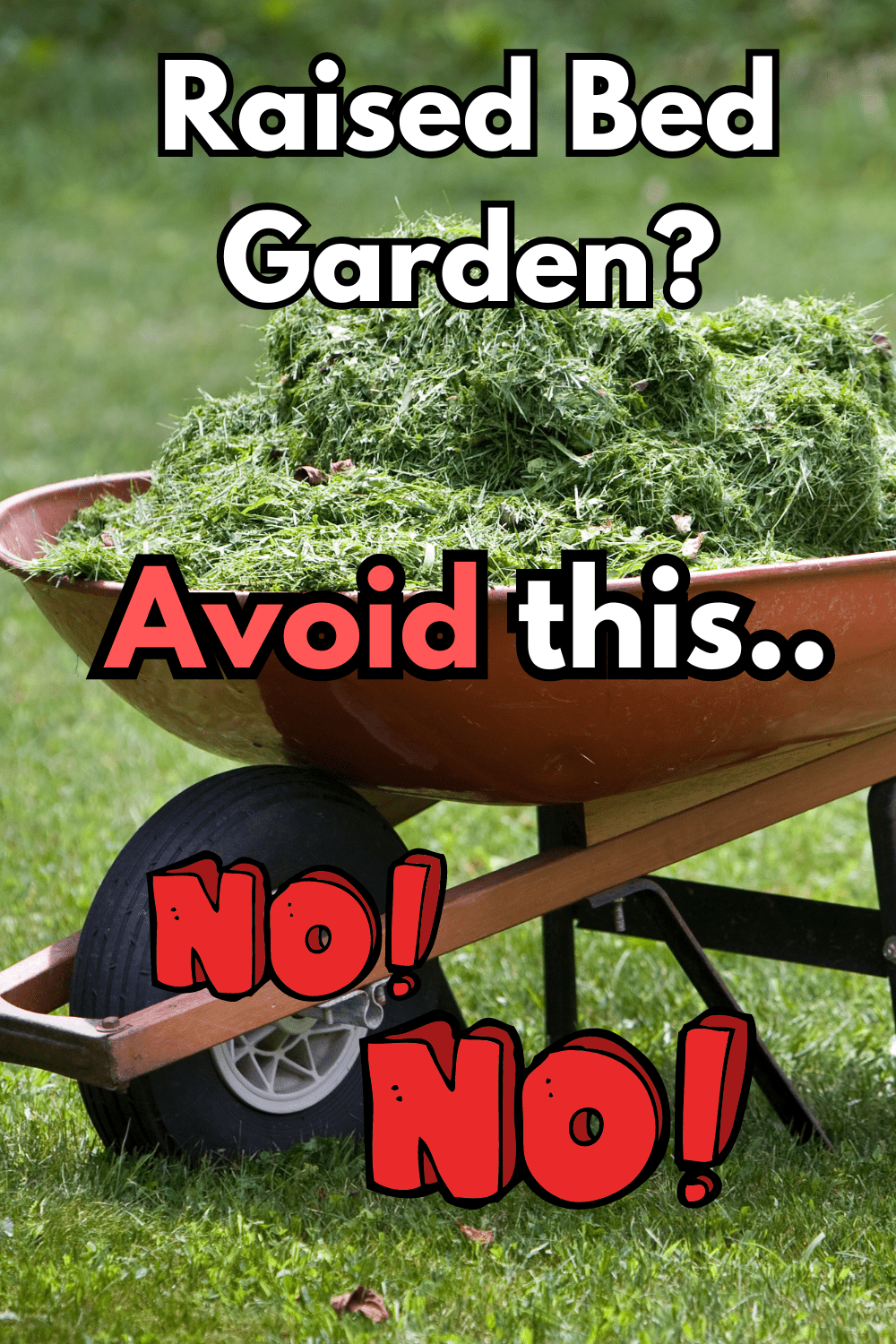
The Benefits of Mulching
Mistake 6: Not Mulching
Another common mistake that a beginner makes is the lack of mulching. Mulches retain soil moisture, keep soil temperature optimum, and weed growth under check.
A layer of organic mulch (straw, shredded leaves, wood chips, etc) that protects your soil also lets plants breathe more easily.
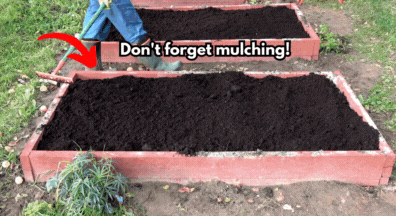
- Advantages:
- Reduces weeds.
- Maintains soil moisture.
- Acts as a protective blanket, enhancing soil health.
- Application: Layer mulch over drip irrigation systems.
- Care: Don’t mulch with straw or pine needles if you have a slug or snail problem.
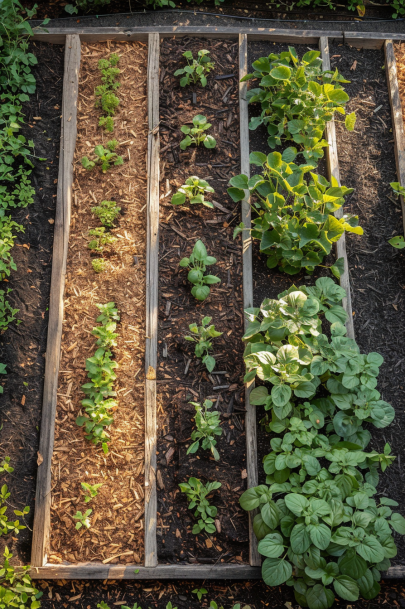
Good Mulch Options for Your Garden
Using mulch can greatly enhance your garden by retaining soil moisture, regulating temperature, and suppressing weeds. Here are some excellent mulch options:
- Compost: Enriches the soil with nutrients as it breaks down.
- Dried Leaves: Readily available in fall, they provide good organic matter.
- Cardboard: Effective weed barrier, breaks down over time.
- Shredded Paper: Recycles old paper, adds organic material.
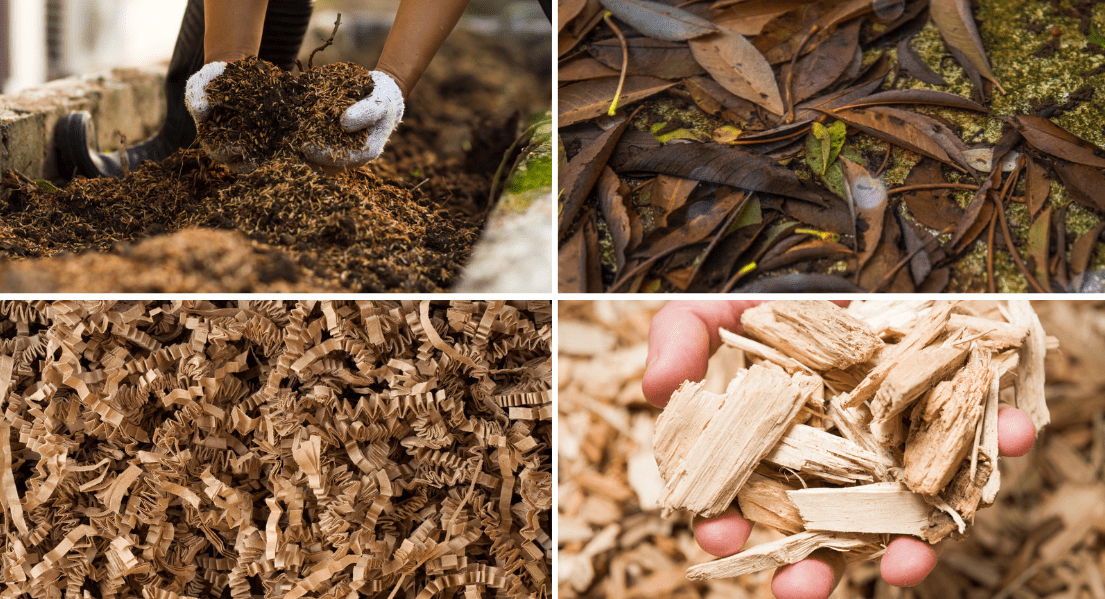
- Wood Chips: Long-lasting, good for perennial beds (avoid fresh wood chips in vegetable beds due to potential nitrogen depletion).
- Wood Chunks: Similar to wood chips, suitable for pathways and perennial beds.
- Rotten Hay: Ensure it’s free of seeds to prevent weed growth.
Strategic Spacing and Plant Placement
Mistake 7: Insufficient Spacing Between Beds
Leaving too little space between raised beds makes gardening frustrating.
At least 24 inches between beds allows plenty of room for maintenance and harvest.
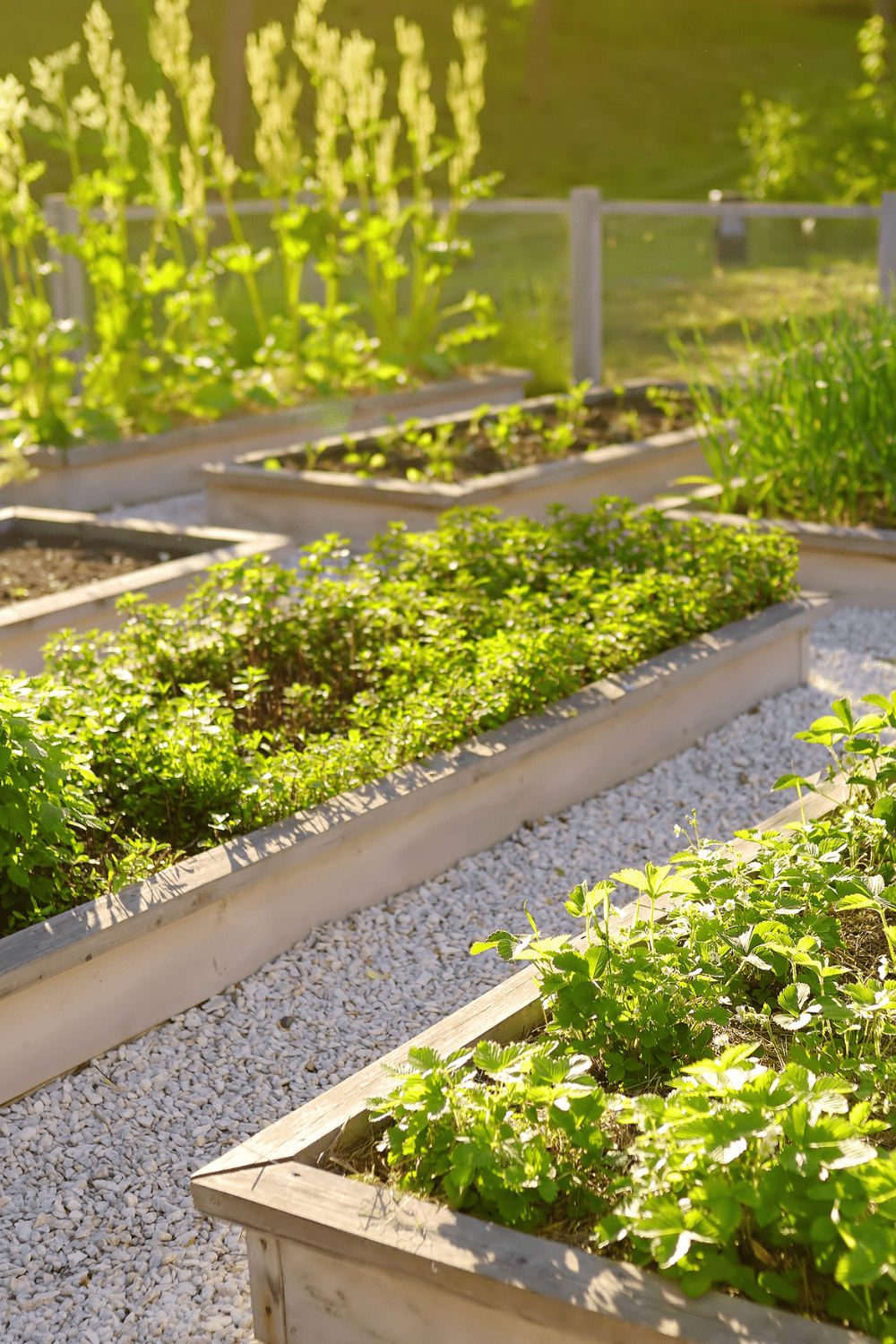
Proper spacing ensures that you can easily move around and work in your garden.
Mistake 8: Making your bed too long or too wide
Favorite dimensions: 4 feet wide and 8 feet long.
Advantages of a 4×8 bed:
- Accessibility from either side, allowing you to reach the center easily.
- Avoiding the hassle of walking long distances around to the other side.
- Cost-effective: Easily sourced from 8-foot lumber pieces, minimizing waste.
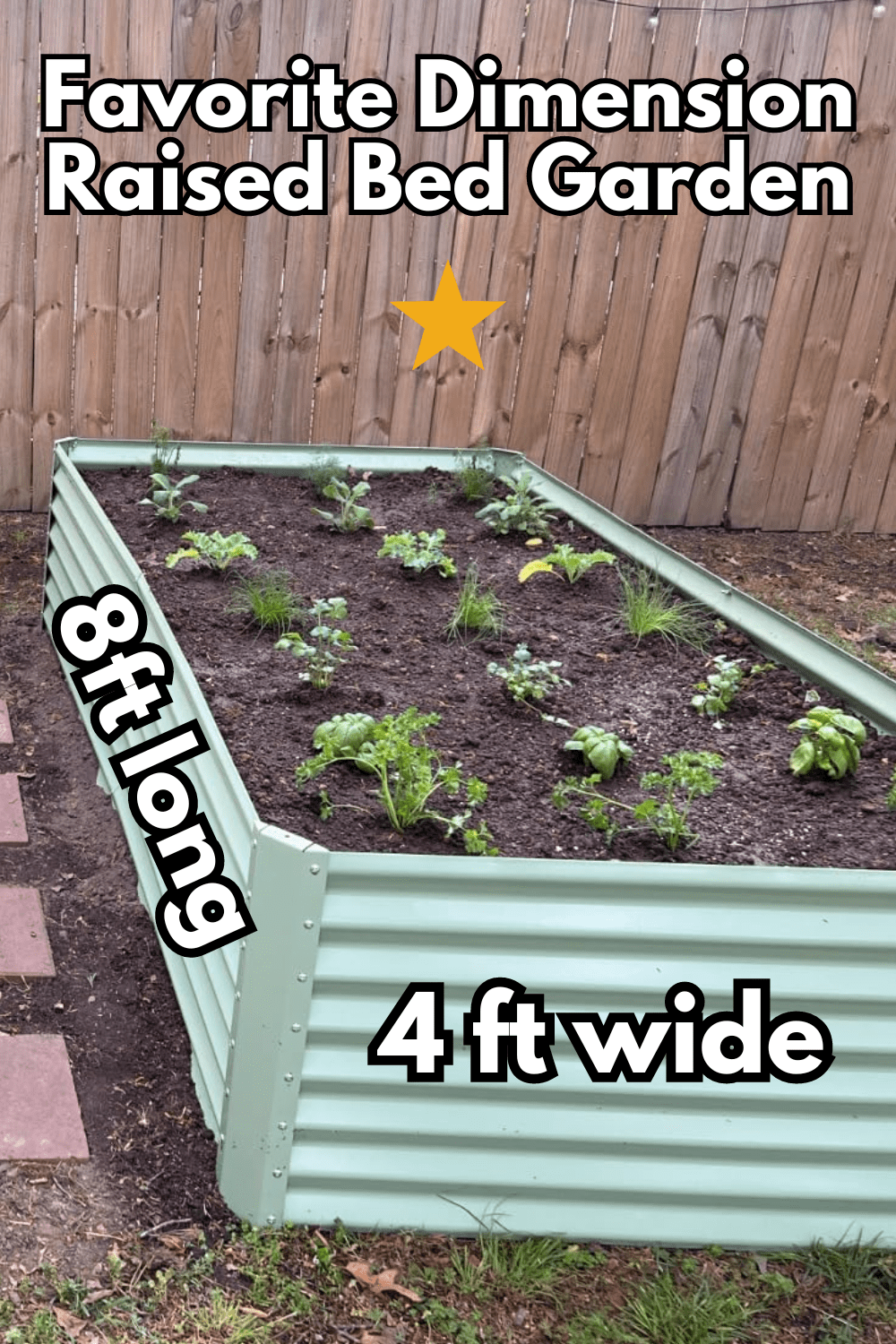
Pathways Between Beds
Width: At least 2 feet wide.
- Ensure comfort by sitting between the beds and physically measuring how much space you need.
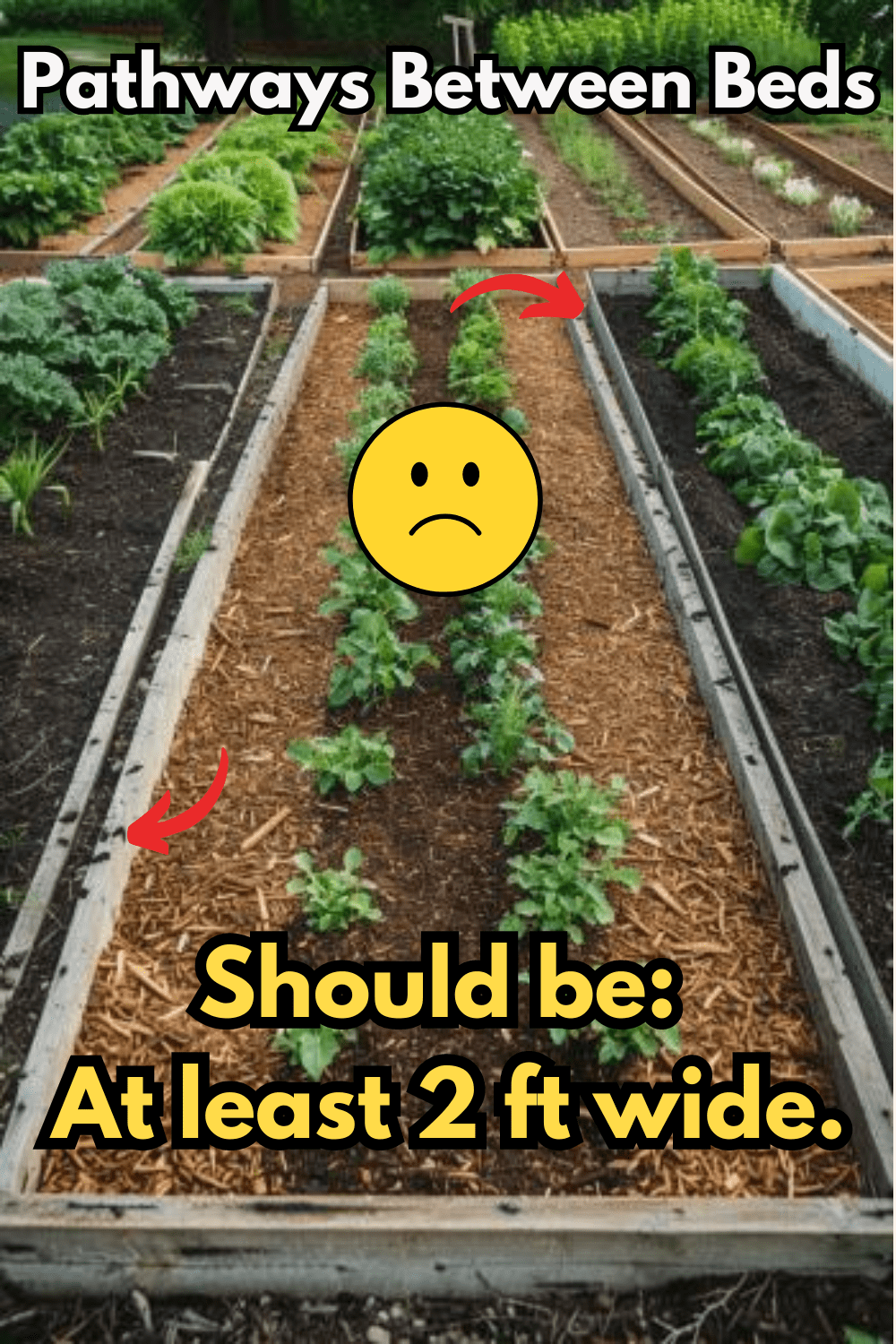
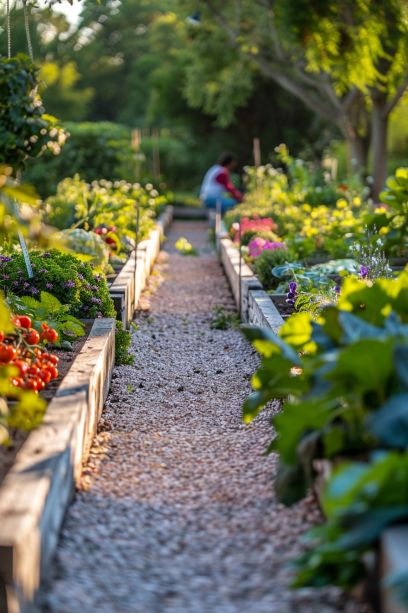
Mistake 9: Poor Plant Placement
Think ahead about where you’ll plant in your raised bed, with respect to the ultimate size and shape of each plant. Plant wider, shorter plants along the southern side of your bed since taller beans and tomatoes will cast a shadow there.
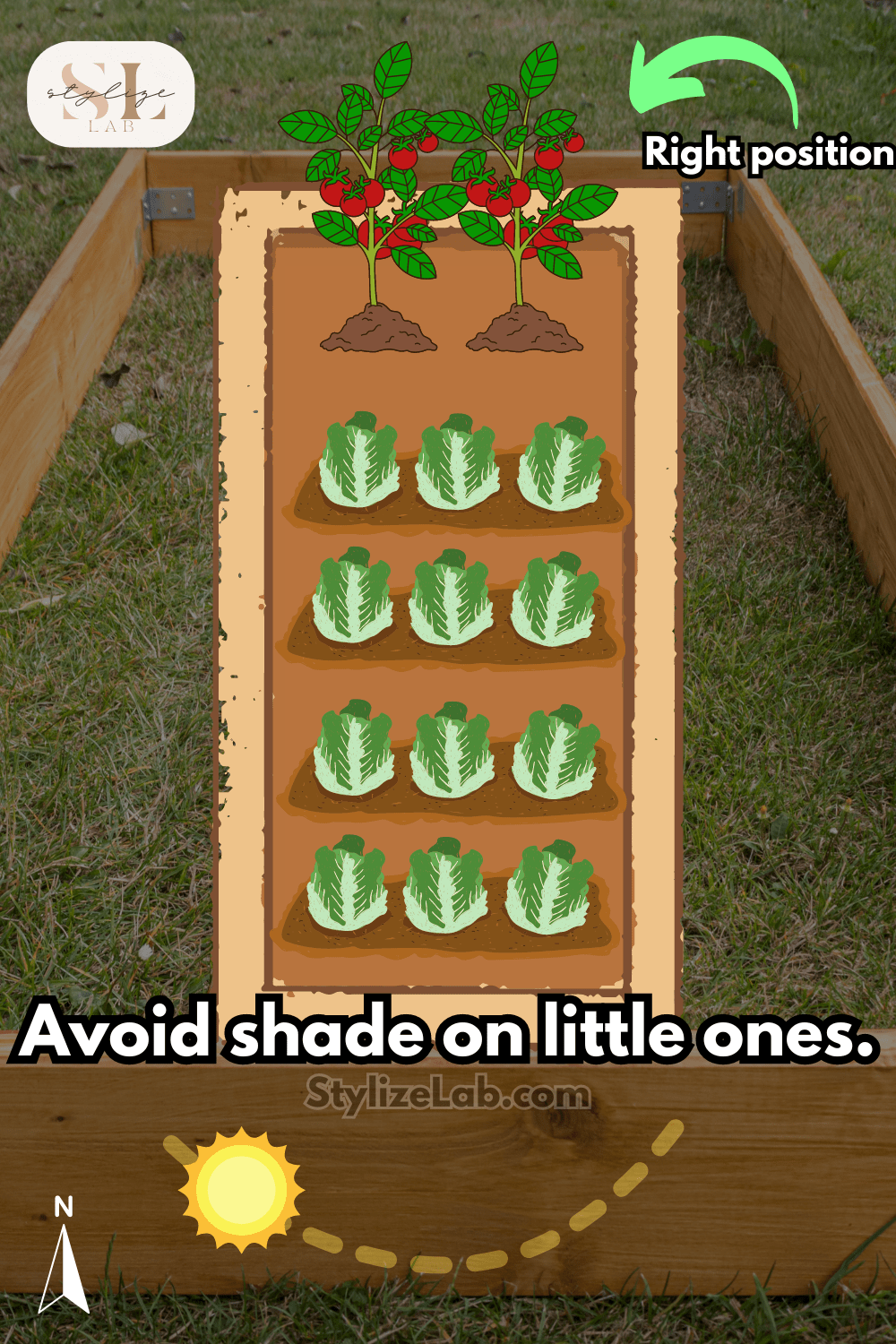
For instance, if you want a tomato to grow taller than a lettuce, put the leafy greens in front and the mid-tier bush beans at the middle, and the taller peas at the back for maximum sun reach.
Seasonal Bed Preparation
Mistake 10: Neglecting Bed Preparation
The simple act of making proper beds and preparing your soil for next season can make a world of difference
The fall and winter months are an ideal time to add some mulch or compost to add an organic richness to your soil, or plant a cover crop to protect it with organic matter and prevent deep erosion in the soil.
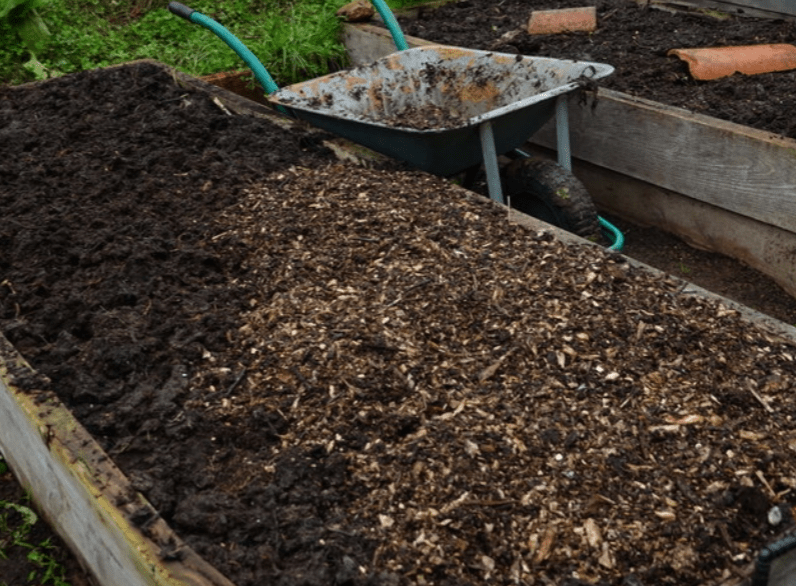
Keeping soil bare through the winter can render it dry and less alive.
Erosion and soil protection:
- Use a thick layer of mulch.
- Consider cover crops (e.g., winter rye, crimson clover) to maintain soil structure and fertility.
Tip: Mow cover crops before they flower to prevent them from becoming weeds.
Labeling and Tracking
Mistake 11: Not Labeling Plants
Keeping track of what you’ve planted and when is essential for garden management.
Give your plants proper names and date of planting so you can keep an eye on growth phases and plan pruning and weeding accordingly.
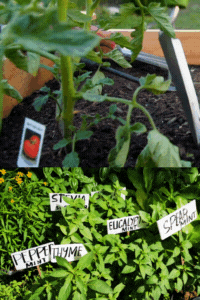
A digital tool such as a Google sheet or pen-and-paper with graph paper can be useful for you to visualise your garden and keep track of things.
Soil Maintenance
Annual Refresh
Mistake 12: Not refreshing the soil annually
Add 1-2 inches of compost or potting soil each year:
- Avoid mixing; just top-dress.
- Benefits: Sustains root depth, acts as a disease barrier, and replenishes nutrients.
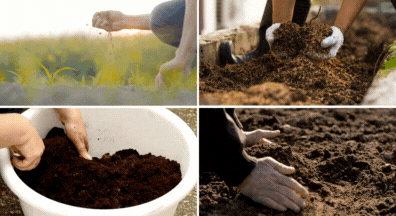
Weed Control
Mistake 13: Neglecting Weed Control
Weeds draw nutrients, water, and light from your plants, and can swarm through your raised beds in no time.
If neglected on a regular basis, weeds can stunt the growth of your plants and affect your overall yields. 😢
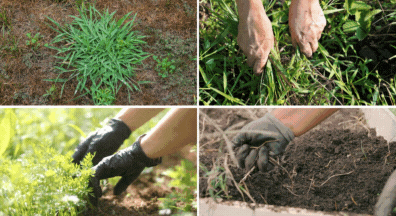
Make a habit out of weeding regularly as part of your garden maintenance programme, also use a layer of organic mulch to deter weeds and conserve moisture in your soil.
You can use landscape fabric under the soil to block weeds from getting traction.
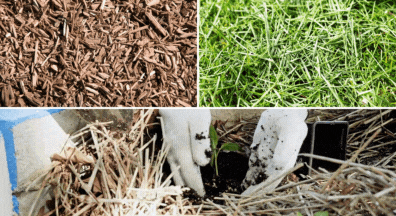
Good weed control will help them get what they need to grow.
Support Structures
Mistake 14: Lack of Support Structures
Plants such as tomatoes, peas and beans need a way to climb and so need help, for example, in the form of trellises, cages or stakes.
Without them, the plants can get injured, become stunted, grow entangled and yield less.
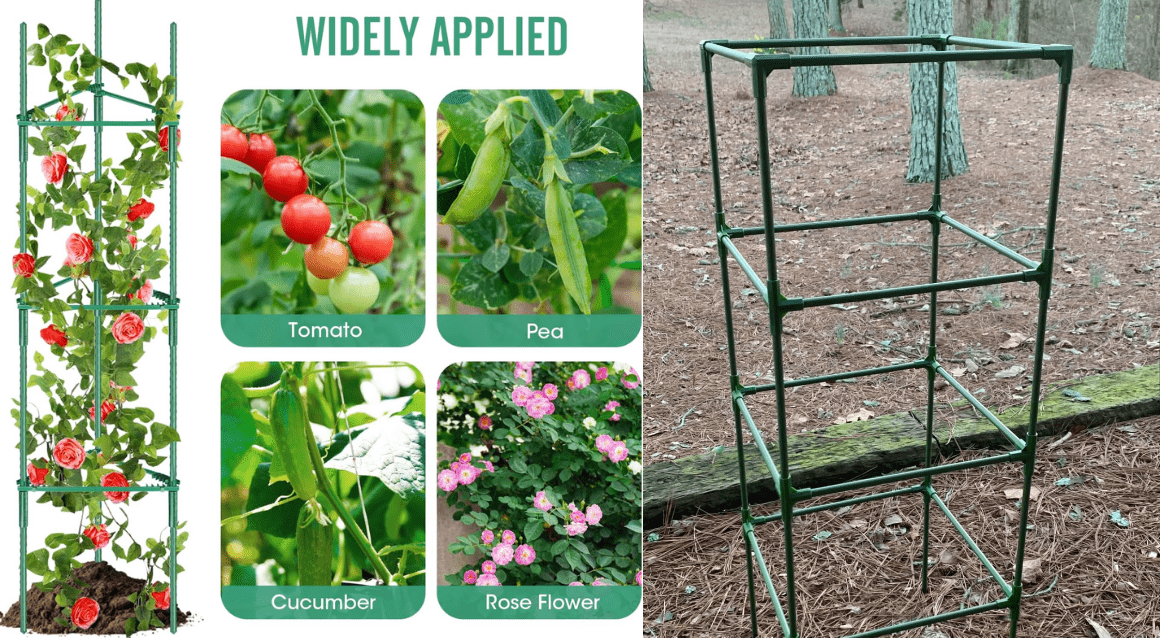
They need vertical supports to make them stand up straighter, to keep them separated so that air can circulate, and to make harvest more convenient.
Plan your garden layout from the outset so that your plants supported as early on as possible — whether it’s for climbing plants or simply because your soil is very heavy — so that your plants can really thrive, be more vigorous and productive.
Overcrowding Plants
Mistake 15: Overcrowding Plants
Overcrowding them by planting them too closely together will inevitably cause plants to have several problems that will undoubtedly affect their grow.
Plants are particularly vulnerable to one another because when they overlap, each must compete intensely for essential resources such as nutrients, water and light. The competition can sap their strength, leaving them more vulnerable to disease and insects.
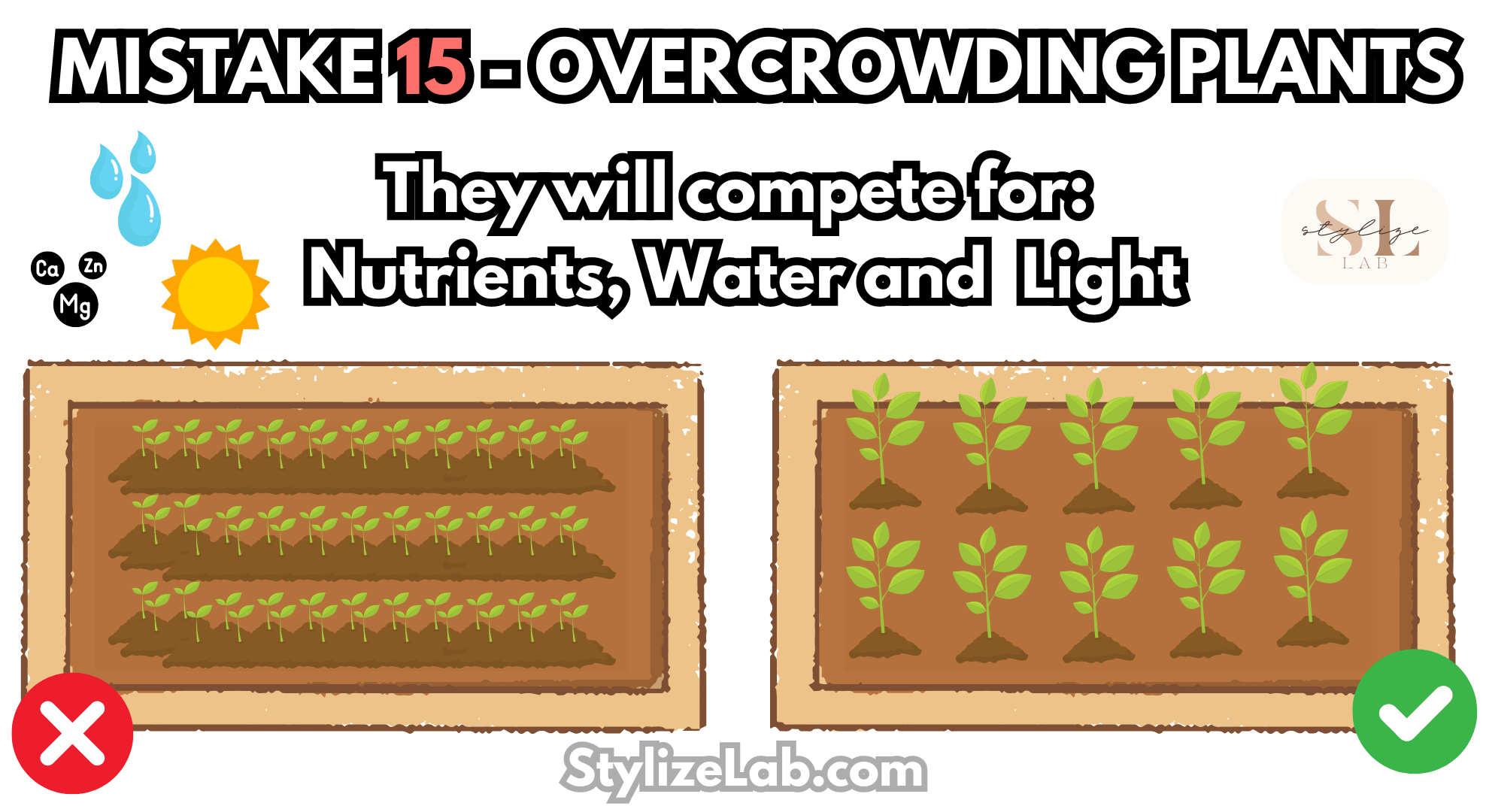
Besides that, crowded plants have poor air circulation and can be susceptible to fungal and bacterial diseases.
By spacing your plants according to your seed packets, you can avoid these problems and have healthy growing and productive plants.
Crop Rotation
Mistake 16: Neglecting Crop Rotation
Crop rotation is necessary to keep the soil healthy and prevent the damaging effects of pests and diseases.
Whatever gets grown in the same place year on year can create soil nutrient imbalances and make plants susceptible to pests.
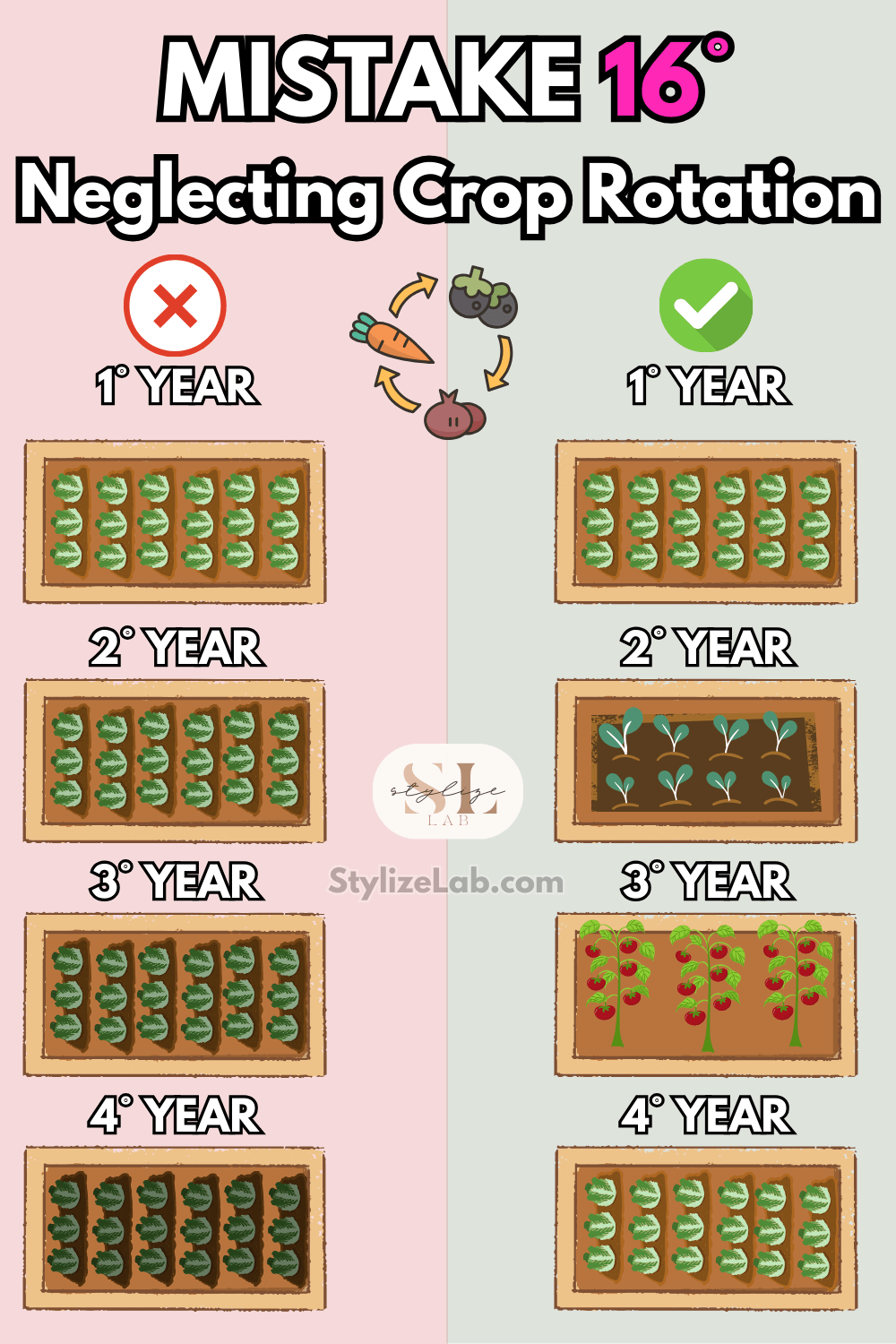
Plan to place different plant families in each of your beds each year, so that soil health is encouraged and problems avoided.
Materials
Material Selection
Mistake 17: Using the wrong materials
Alternatives for raised bed construction:
- No material: Simply pile soil 6-12 inches high.
- Wood (preferred):
- Affordable and neat.
- Opt for untreated wood like Douglas fir, Redwood, or Cedar.
- Avoid compressed or treated lumber.
- Fabric beds: Excellent for root pruning and producing a healthy root system.
- Metal beds: Durable but the most expensive option.
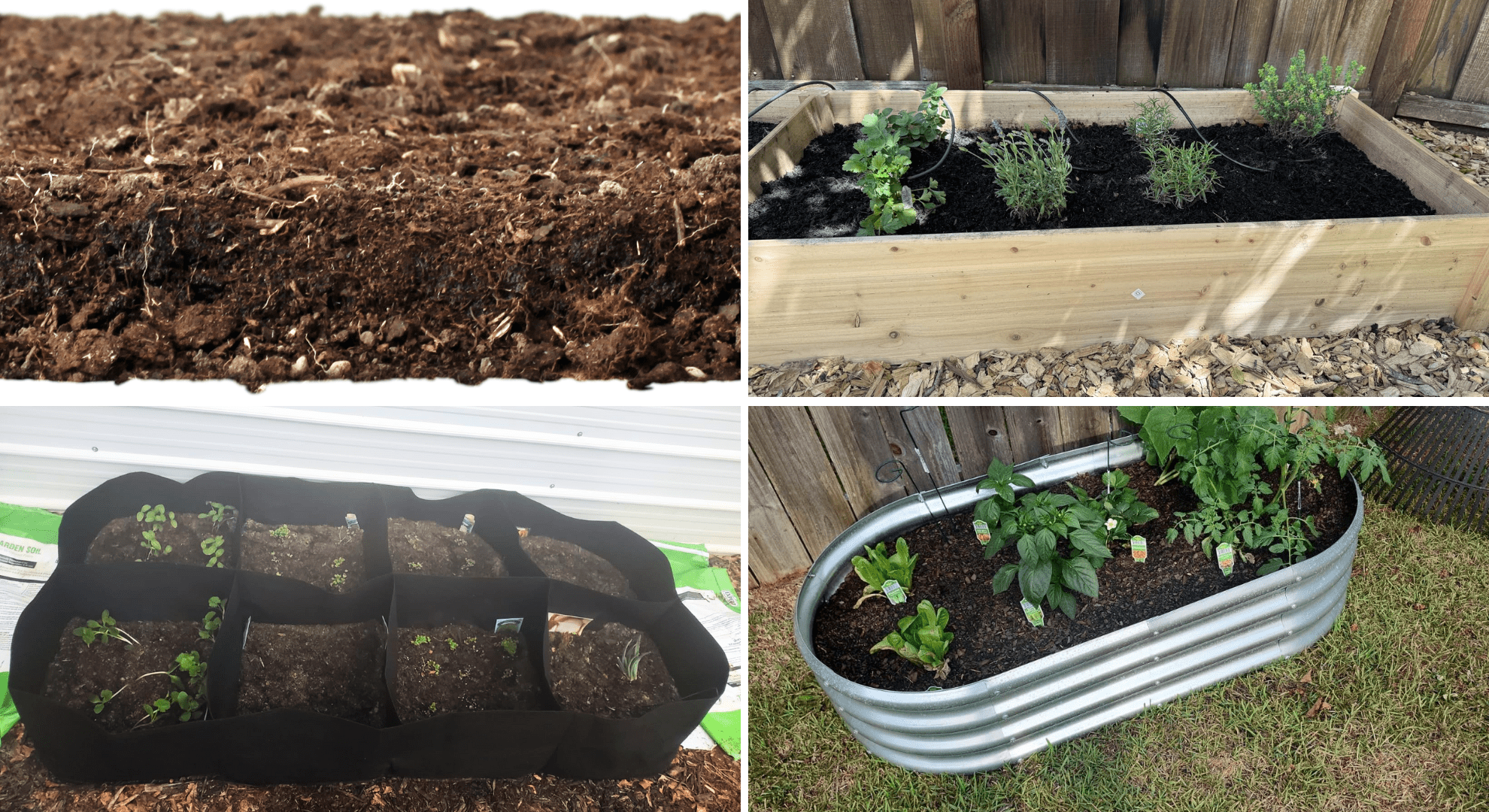
Conclusion
Avoiding these pitfalls and using these strategies should help you make your raised bed gardening better.
Successful gardening is about planning, monitoring, and learning, and if you follow these tips you’ll be on your way to a successful and enjoyable raised bed garden.
Pin it Session
